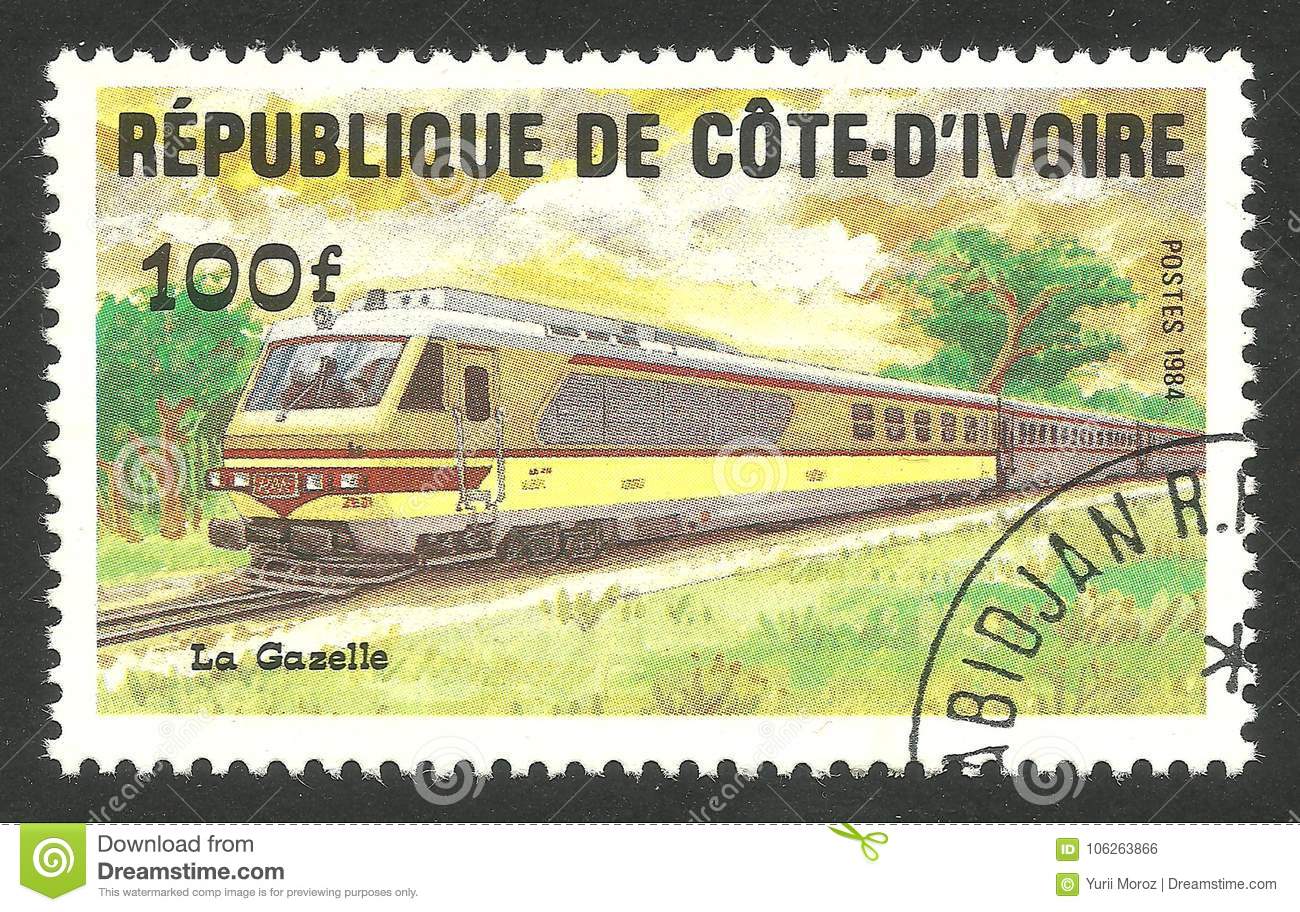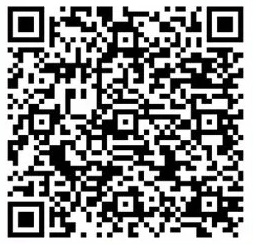The Technological Environment in Cote d'lvoire
Technological Impacts in
Code d'Ivoire
Mobile broadband LTE is largely available in all provinces, and investment is required from the MNOs to improve the quality of service. There are two fixed network operators, the market is dominated by Orange Group’s local unit, Orange Côte d’Ivoire.
Orange Group has also launched its 20,000km Djoliba cable system, reaching across eight countries in the region, while the 2Africa submarine cable is being developed by a consortium of companies
Mobile-cellular tele density was approximately 152 telephones per 100 persons in 2020 (2020).
The landing point for the SAT-3/WASC, ACE, MainOne, and WACS fiber-optic submarine cable that provides connectivity to Europe and South and West Africa.
63% of the population use the internet as of 2020
- The innovations index for Cote d’Ivoire is 21points sitting 17th in Africa and 114th globally (2021).
- Cote d’Ivoire is also home to 178 proximity radios stations, 16 religious radios stations, 5 commercial radios stations, and 5 international radios stations, according to the Haute Autorite’ de la Communication Audiovisuelle (HACA).
- Satellite earth stations are 2 Intelsat (1 Atlantic Ocean and 1 Indian Ocean) (2019)
- Cote d’Ivoire has 27 airports, only 7 with paved runways.
- Total roadways are 81,996 km (2007), with 75,494km unpaved.

Negative impacts
- This is a legacy of poor international connectivity, which resulted in high wholesale prices, limited bandwidth, and a lack of access for alternative operators to international infrastructure.
- Since 2016, it has received limited amounts of mostly second-hand equipment from several countries, including France.
- Limited network of fixed lines with a tele density of slightly less than 1 telephone per 100 persons.


